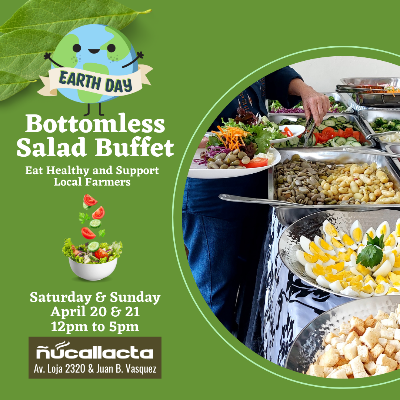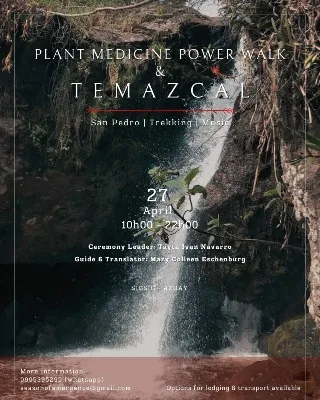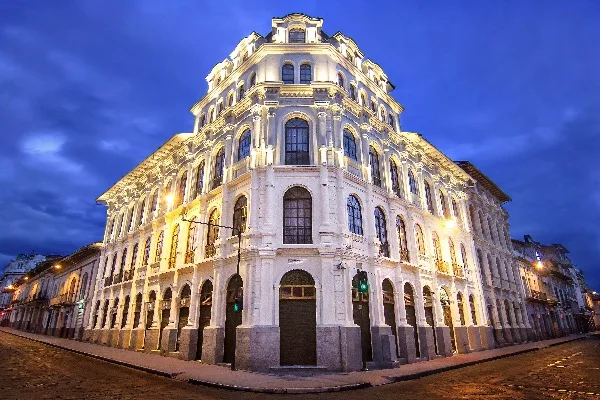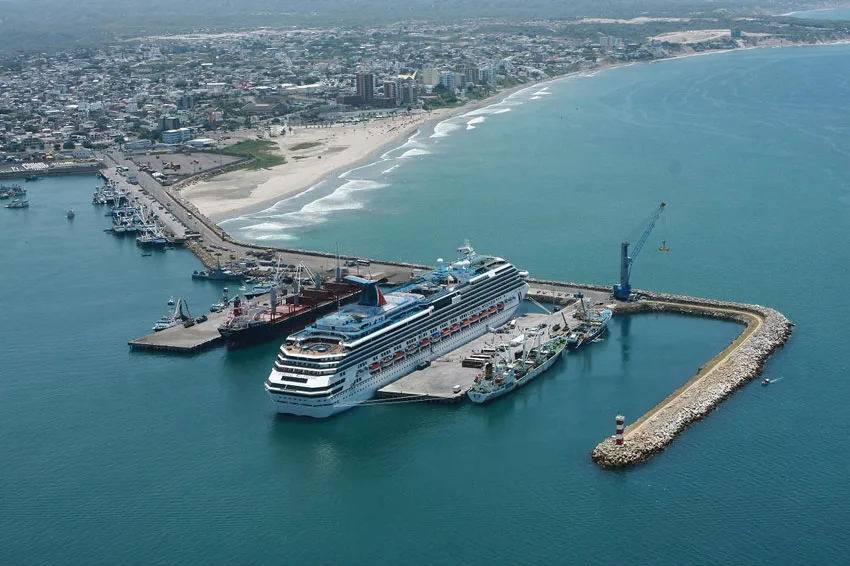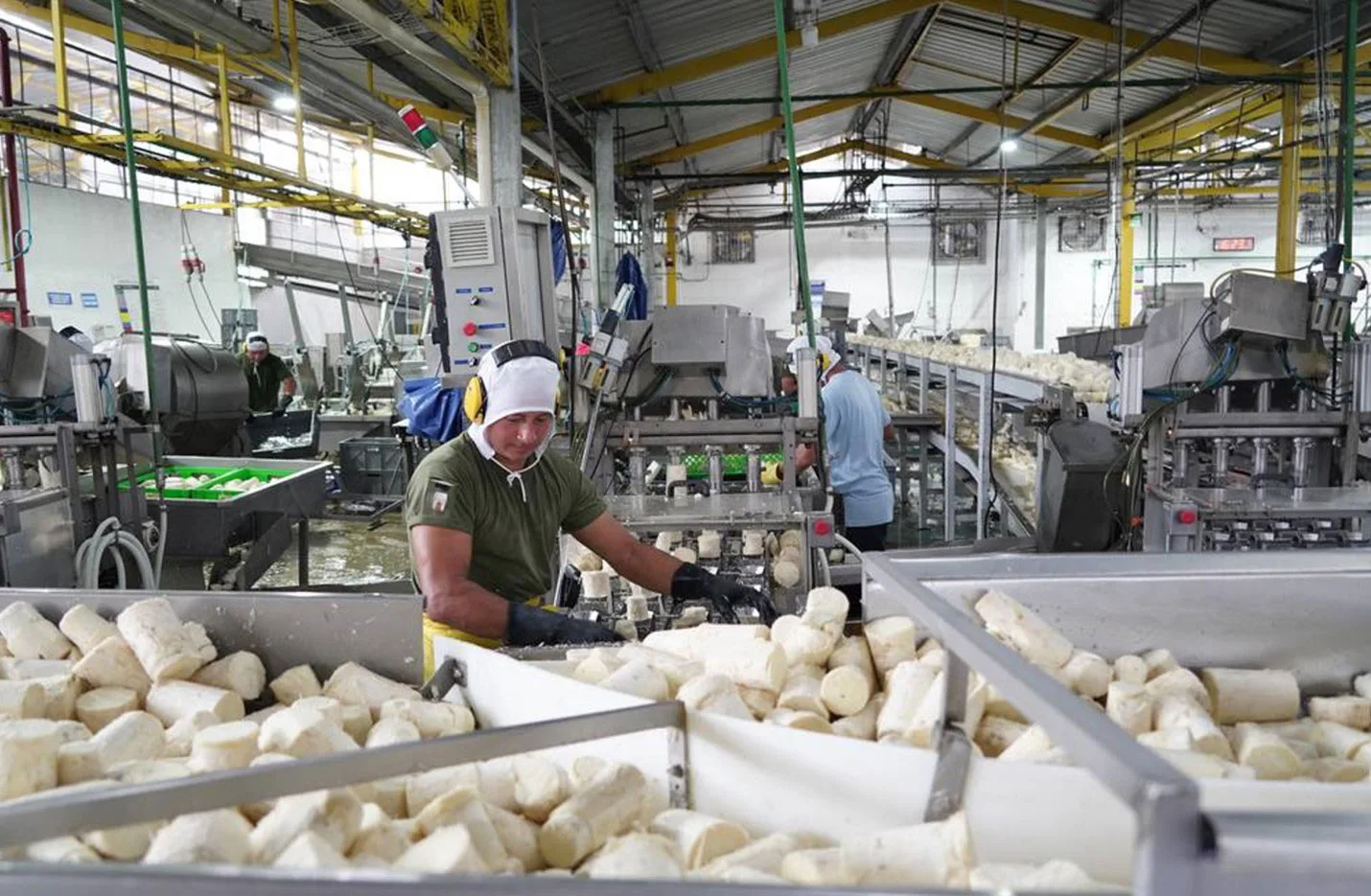Ecuador’s high-altitude hail storms can cause severe damage, even death and injury
One person died and three more were injured Saturday in Quito when an intense hail storm collapsed the roof of an athletic facility. The hail, centered in the city’s northern neighborhoods, covered gardens, sidewalks and patios and stranded drivers on low-lying streets.

The scene at a north Quito gas station following Saturday’s hail storm
The ECU 911 emergency call center received more than a hundred calls, most of them reporting roof damage due to the weight of ice as well as flooding from clogged drains. Police and firefighters responded to several calls from stranded motorists.
Weather forecasters at the National Institute of Meteorology and Hydrology say that hail storms are most common in late April and early May in Ecuador, during the transition from the rainy to dry season. “The atmosphere over the inter-mountain region is unstable during the change in weather, which allows storm clouds to develop to greater heights,” says meteorologist Guillermo Flores. “Higher cloud tops tap into very cold air which turns rain into ice.”

Cars stalled on several Quito streets due to ice accumulation.
In some cases, Flores says storms can produce massive amounts of ice, causing the damage like that experienced Saturday. “In the mountains, we are already at higher elevations so the clouds reach higher into the cold air of the upper atmosphere. In Quito, the storms develop at almost 3,000 meters and clouds can reach heights of more than 18,000 meters.”
Although the northern Ecuadorian Andes have recorded the most intense hail events, Flores says, damaging hail storms can occur throughout the mountain region. “Cuenca and Loja have experienced strong hail storms and one, in Biblian, just north of Cuenca, a few years ago left more than 18 centimenters [six inches] of ice on the ground.”
Unlike hail storms in other areas of the world, the hail stones that fall in the Andes are small and rarely cause injury to those caught in exposed areas. “We don’t have the large stones like you see in the U.S., some of them the size of golf balls,” he says. “These can kill livestock that are not able to reach cover and there are many cases of human deaths too. Our hail is smaller but, on the other hand, there can be much more of it due to the elevation.”
The biggest threat of Ecuador hail storms, says Flores, is accumulation of ice on roofs. “This causes roofs to collapse and blocks drains and rain gutters, causing flooding. Another danger is getting caught in traffic during an intense storm. The rain carries the ice from higher to lower streets, and can build up to depths a meter or more.”





